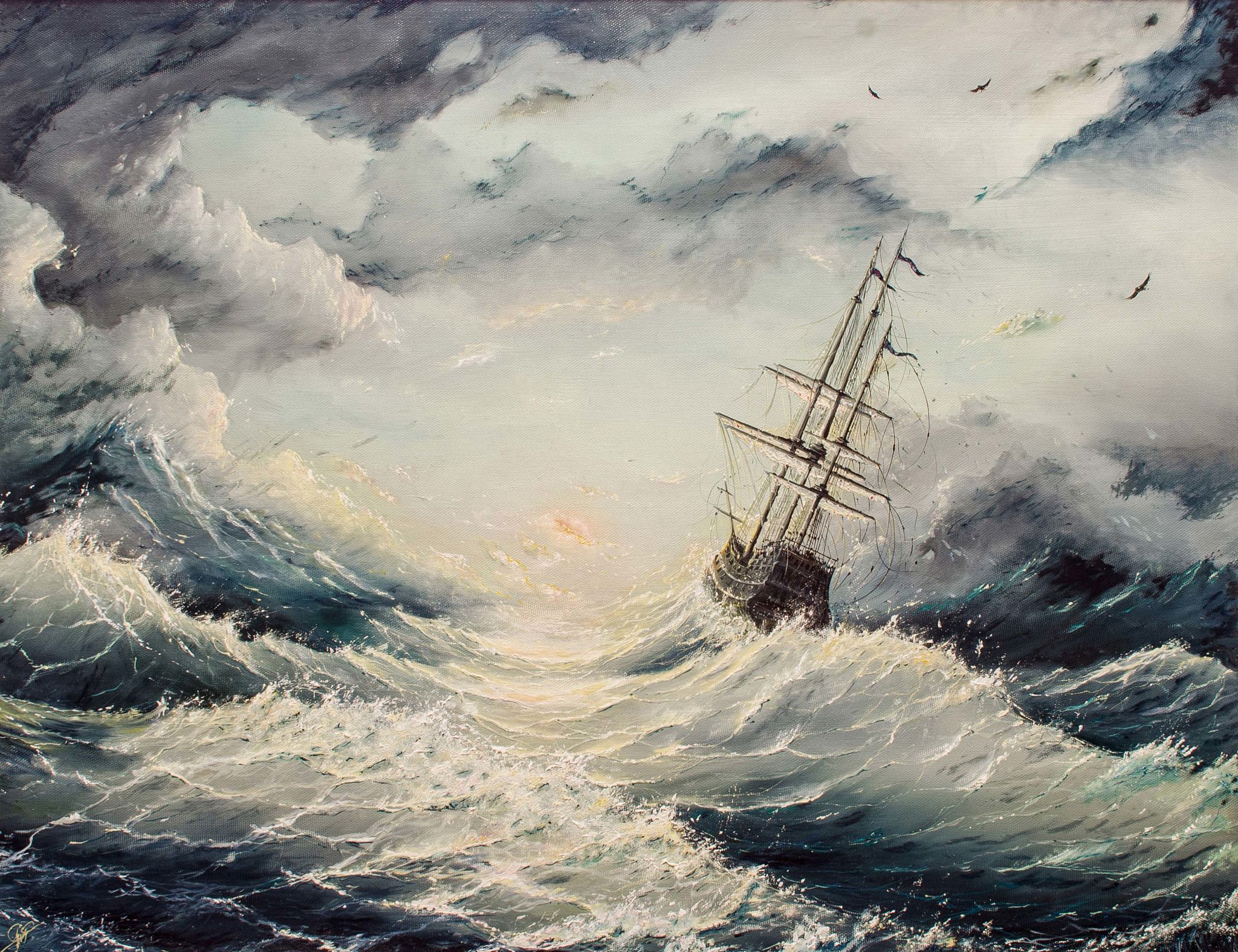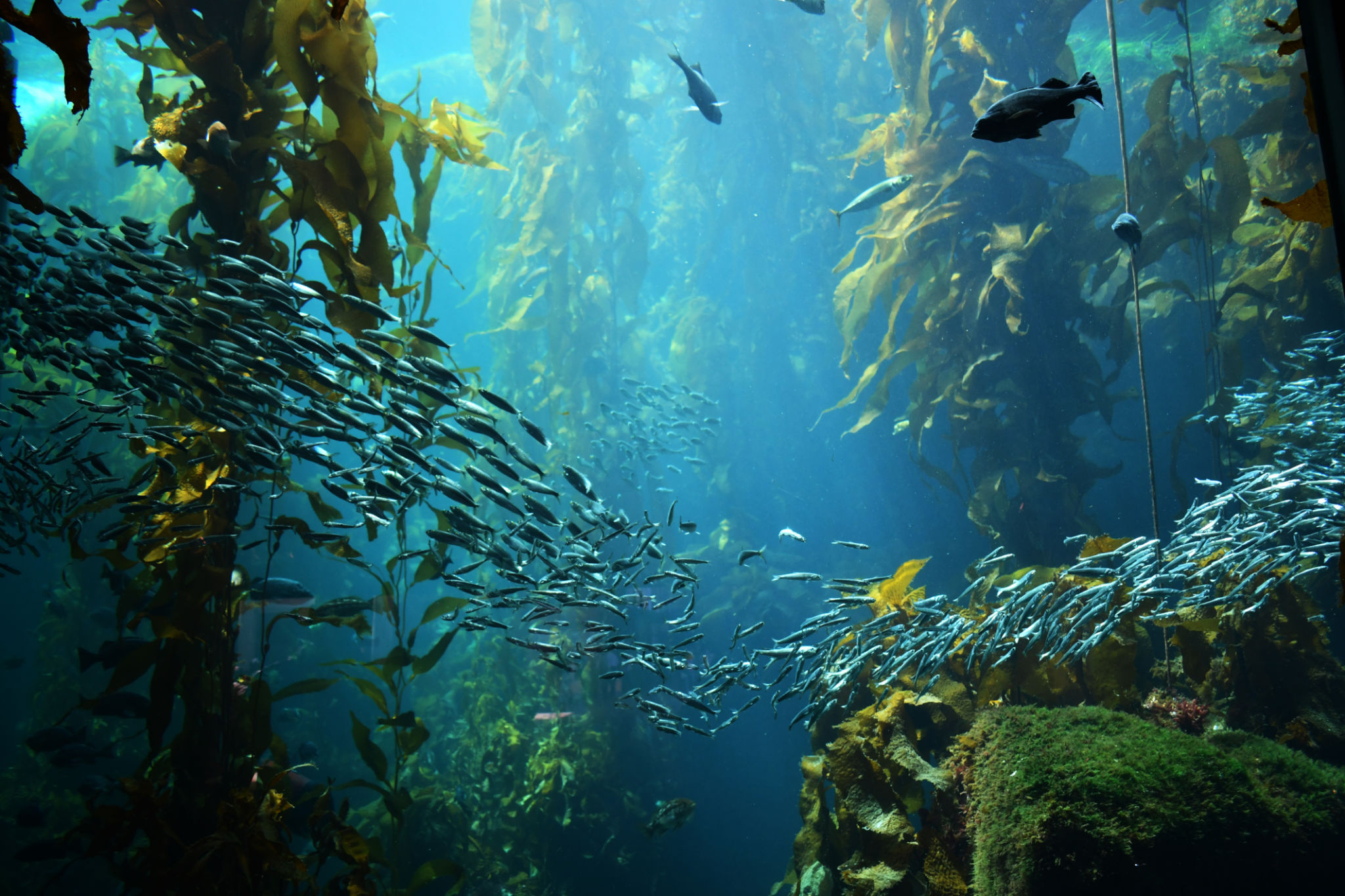Understanding Marine Regulations for Bottom Painting in BC: A Local Guide
Understanding marine regulations is crucial for anyone involved in boating or yacht maintenance, especially when it comes to bottom painting in British Columbia. With a rich marine environment, BC has specific guidelines that ensure the preservation of aquatic life and water quality. This guide will help you navigate these regulations effectively, ensuring compliance while maintaining your vessel.
Why Bottom Painting is Important
Bottom painting, or antifouling, is essential for any vessel as it prevents the growth of marine organisms on the hull. These organisms can significantly affect the performance and lifespan of a boat. By applying antifouling paint, boat owners can improve fuel efficiency and reduce maintenance costs.

Environmental Considerations
In BC, environmental considerations are a primary concern when it comes to bottom painting. The province's diverse marine ecosystems require strict management to prevent contamination and damage. As such, the use of certain chemicals and compounds in antifouling paints is regulated to minimize harmful effects on marine life.
Key Regulations in British Columbia
BC’s marine regulations are designed to protect its waters while allowing for necessary maintenance activities. Here are some key points:
- Permitted Paints: Only approved antifouling paints can be used. These typically exclude paints with high levels of copper or tributyltin (TBT).
- Application Guidelines: Painting should be done in designated areas with proper containment measures to prevent spills into the water.
- Disposal Protocols: Waste material from sanding or painting must be disposed of according to local hazardous waste protocols.

The Role of Local Authorities
Local authorities play a significant role in enforcing these regulations. They conduct routine inspections and provide guidance on best practices for boat maintenance. Engaging with local marine authorities can offer valuable insights and resources to ensure compliance with all regulations.
Steps for Compliance
Complying with BC’s marine regulations involves several steps:
- Research: Start by researching the approved antifouling products and techniques in BC.
- Consultation: Speak with local marine experts or paint suppliers to understand the best options for your vessel.
- Proper Application: Ensure the application process follows all outlined guidelines, using appropriate personal protective equipment (PPE).
- Documentation: Keep records of all products used and disposal methods as proof of compliance.

Benefits of Following Regulations
Adhering to these regulations not only protects BC’s waterways but also ensures that your vessel operates efficiently. By using approved products and methods, you contribute to the sustainability of the marine environment, potentially avoiding hefty fines or penalties associated with non-compliance.
Navigating marine regulations can seem daunting, but following this guide and working closely with local authorities can simplify the process. By taking proactive steps, boat owners in BC can enjoy both the beauty of the waters and the smooth operation of their vessels.